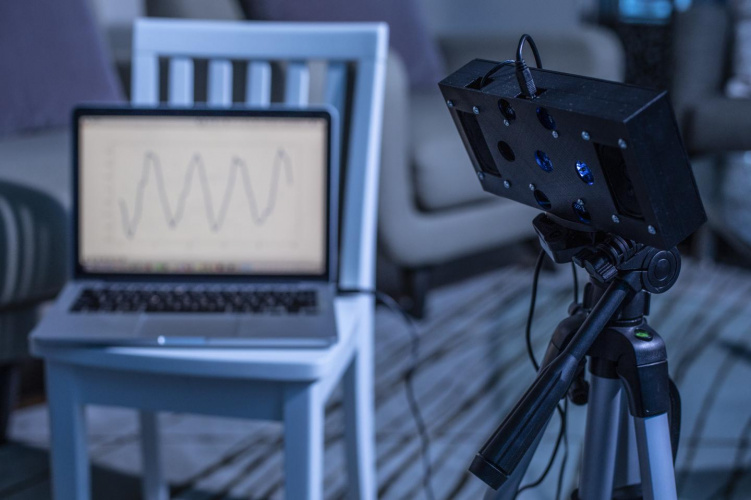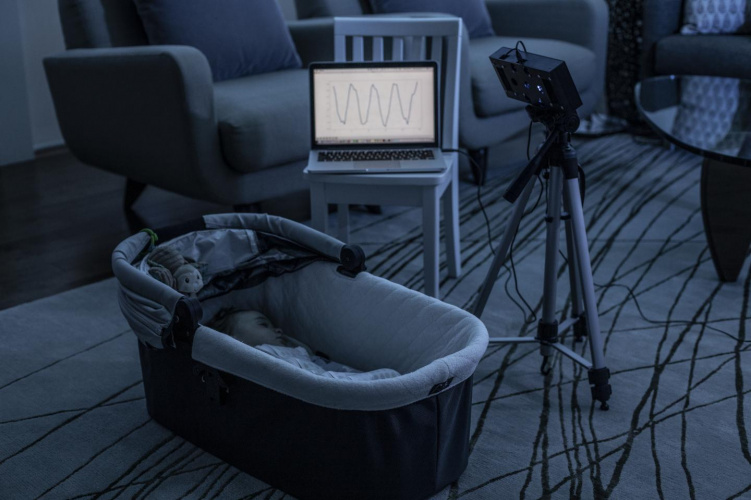
Known as BreathJunior, it works by measuring the reflected white noise signal that’s bounced off an infant’s chest as it sleeps. It was developed in line with the hardware used in Amazon’s Echo smart speaker. According to the research, which will be presented at the 25th Annual International Conference on Mobile Computing and Networking, the system can closely match the respiratory rates detected by standard vital sign monitors.
Ultrasound sensor aids diagnosis of middle ear infection
"We start out by transmitting a random white noise signal. But we are generating this random signal, so we know exactly what the randomness is," said first author Anran Wang, a doctoral student at the university’s Paul Allen School of Computer Science & Engineering.
"That signal goes out and reflects off the baby. Then the smart speaker's microphones get a random signal back. Because we know the original signal, we can cancel out any randomness from that and then we're left with only information about the motion from the baby."

Because the breathing movements of new-born infants is so minute, the system must first be able to accurately locate the baby in its crib. It does this using the smart speaker’s array of microphones, listening first in all directions then refining its search to focus on the spot with the strongest signal.
"The breathing signal is so weak that we can't just look for a change in the overall signal we get back," said Wang.
"We needed a way to scan the room and pinpoint where the baby is to maximise changes in the white noise signal. Our algorithm takes advantage of the fact that smart speakers have an array of microphones that can be used to focus in the direction of the infant's chest. It starts listening for changes in a bunch of potential directions, and then continues the search toward the direction that gives the clearest signal."
Using the white noise signal, BreathJunior can distinguish the tiny movements associated with breathing from the larger motion of an infant rolling around, as well as detecting when a baby is crying. The team is planning to commercialise the technology through a UW spinout, Sound Life Sciences, while also expanding the capabilities of the system to work with other soothing noises such as lullabies.




Poll: Should the UK’s railways be renationalised?
The privatised rail service has always been propped up by public subsidy, so that companies could take their profits, instead of re-investing revenue...